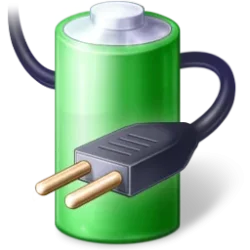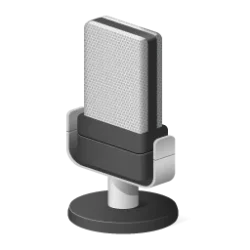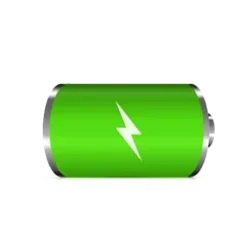This tutorial will show you how to change the settings of a power plan to customize how you want in Windows 11.
A power plan is a collection of hardware and system settings that manages how your computer uses power. Power plans can help you save energy, maximize system performance, or achieve a balance between the two. A power plan is also known as a power scheme.
Changes made to a power plan settings will affect all users that use the same power plan as their default active power scheme.
Windows 11 includes the following power plans by default:
- Balanced = Offers full performance when you need it and saves power when you don't. This is the best power plan for most people. Allows you to change your Power Mode.
- Power saver = Saves power by reducing PC performance and screen brightness. If you're using a laptop, this plan can help you get the most from a single battery charge.
- High performance = Maximizes screen brightness and might increase PC performance. This plan uses a lot more energy, so your laptop battery won't last as long between charges.
- Ultimate Performance = Only available in the Windows 11 Pro for Workstations edition by default. Provides ultimate performance on higher end PCs. It builds on the current High-Performance policy, and goes a step further to eliminate micro-latencies associated with fine grained power management techniques. As the power scheme is geared towards reducing micro-latencies it may directly impact hardware; and consume more power than the default balanced plan. The Ultimate Performance power policy is currently not available on battery powered systems.
- Custom = These are custom power plans created by a user on the PC and/or included by your PC manufacturer (OEM).

Contents
- Option One: Change Power Plan Settings in Settings
- Option Two: Change Power Plan Settings in Control Panel
- Option Three: Change Advanced Power Plan Settings in Control Panel
1 Open Settings (Win+I).
2 Click/tap on System on the left side, and click/tap on Power or Power & battery on the right side depending on if the PC has a battery. (see screenshot below)
3 Under Power, click/tap on Screen and sleep on the right side to expand it open. (see screenshot below step 4)
4 Make changes to the screen and sleep settings you want. (see screenshots below)
You will only see separate on battery and plugged in settings if your device has a battery or connected to a UPS.
5 You can now close Settings if you like.
1 Open the Control Panel (icons view), and click/tap on the Power Options icon.
2 Click/tap on the Change plan settings link to the right of the power plan you want to change the settings of. (see screenshot below)
Normally you would want to change the settings of your active power plan.
3 Make changes to the display and sleep settings you want, and click/tap on Save changes. (see screenshot below)
You will only see separate on battery and plugged in settings if your device has a battery or connected to a UPS.
4 You can now close the Control Panel if you like.
1 Open the Control Panel (icons view), and click/tap on the Power Options icon.
2 Click/tap on the Change plan settings link to the right of the power plan you want to change the settings of. (see screenshot below)
Normally you would want to change the settings of your active power plan.
3 Click/tap on the Change advanced power settings link. (see screenshot below)
4 Make changes to any available Power Options advanced settings you want, and click/tap on OK when finished. (see screenshot below)
You will only see separate on battery and plugged in settings if your device has a battery or connected to a UPS.
Available power options will vary per device.
You can click/tap on the Restore plan defaults button to restore all default settings for the selected power plan.
5 You can now close the Control Panel if you like.
That's it,
Shawn Brink
Related Tutorials
- Reset and Restore Power Plan Settings to Default in Windows 11
- Change Power Plan in Windows 11
- Change Name of Power Plan in Windows 11
- Export and Import Power Plan in Windows 11
- Change Power Mode in Windows 11
- Turn On or Off Battery Saver in Windows 11
- Disable Modern Standby in Windows 10 and Windows 11
- Change When to Put Computer to Sleep Timeout in Windows 11
- Change Screen Timeout to Turn Off Display After in Windows 11
Last edited:














